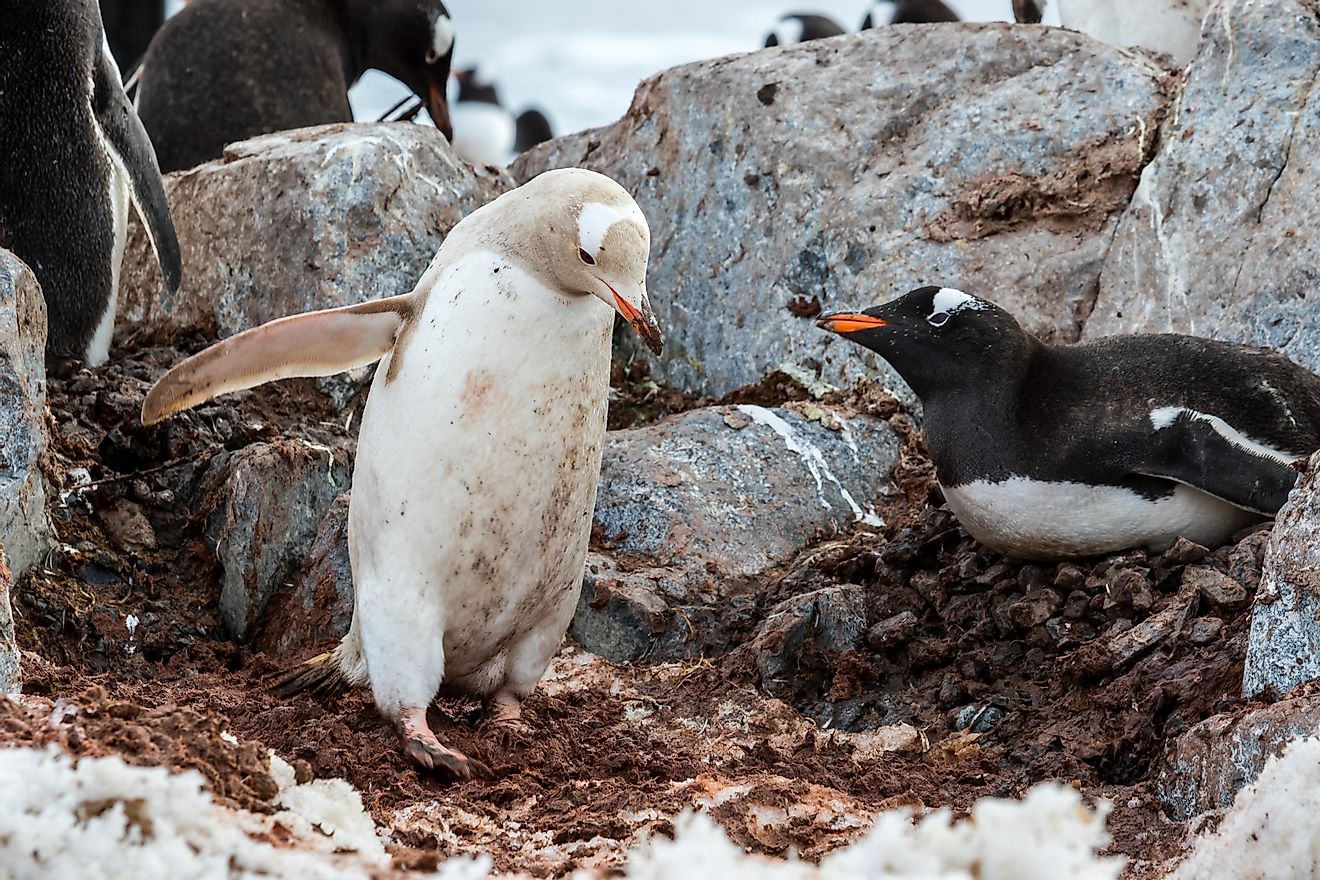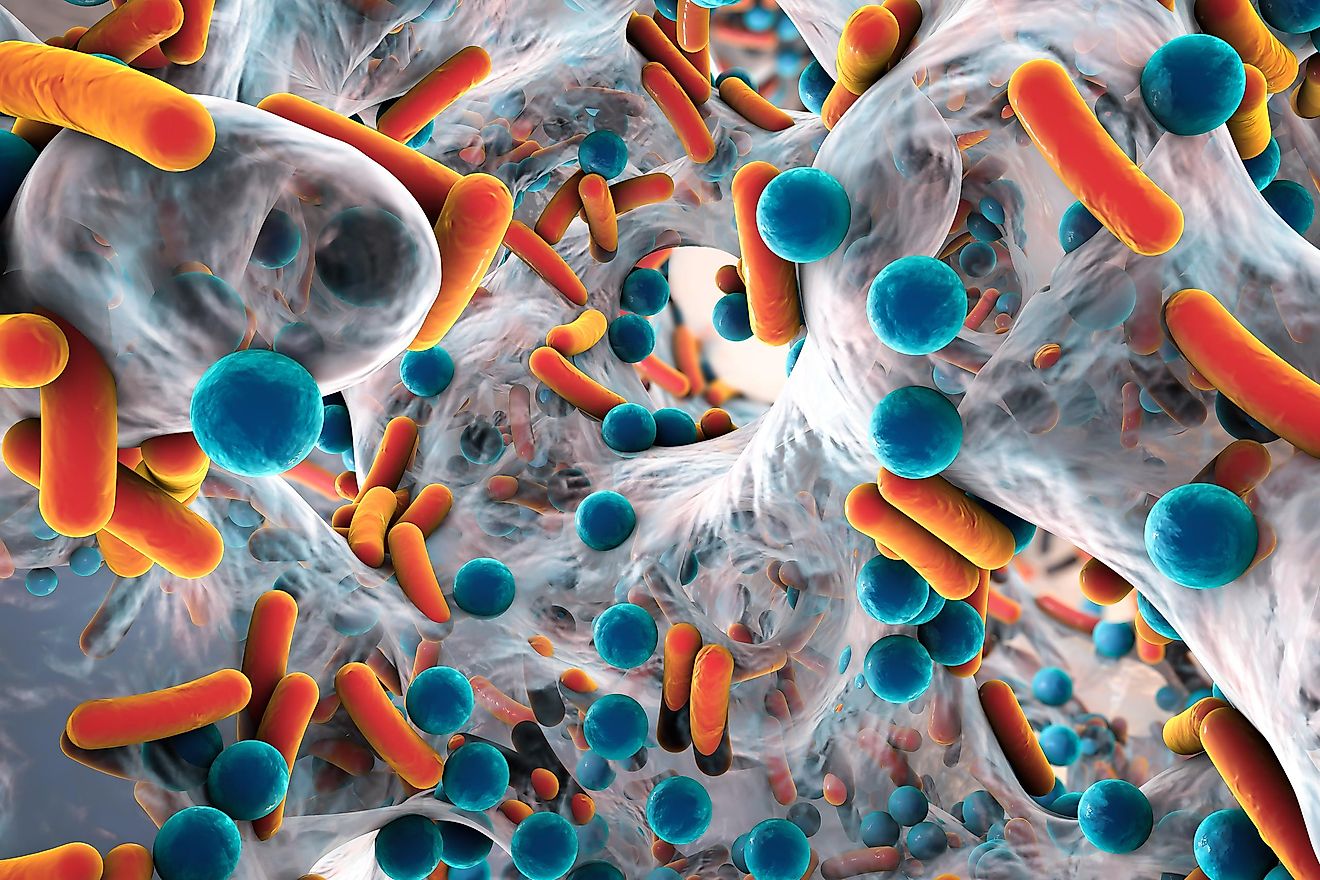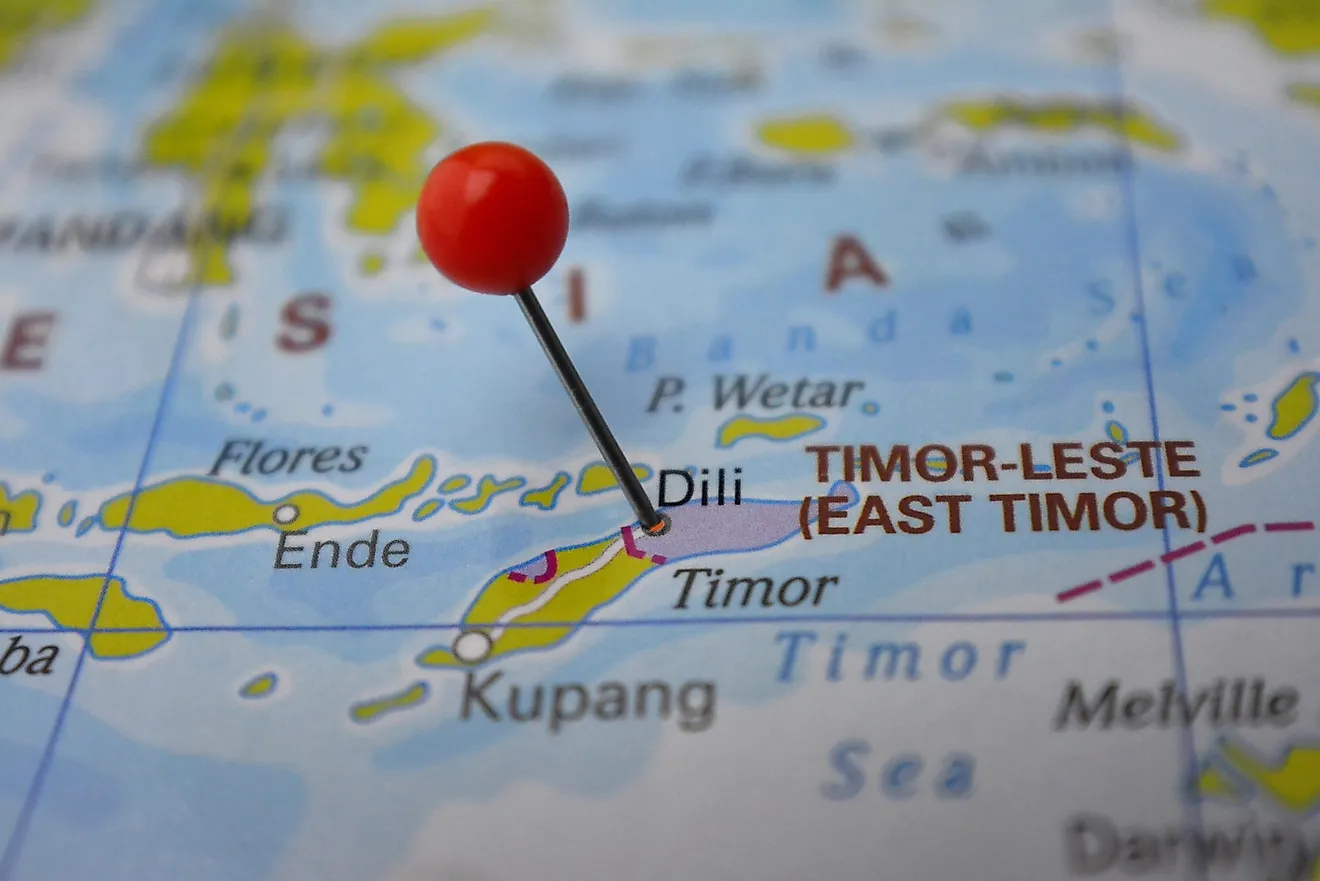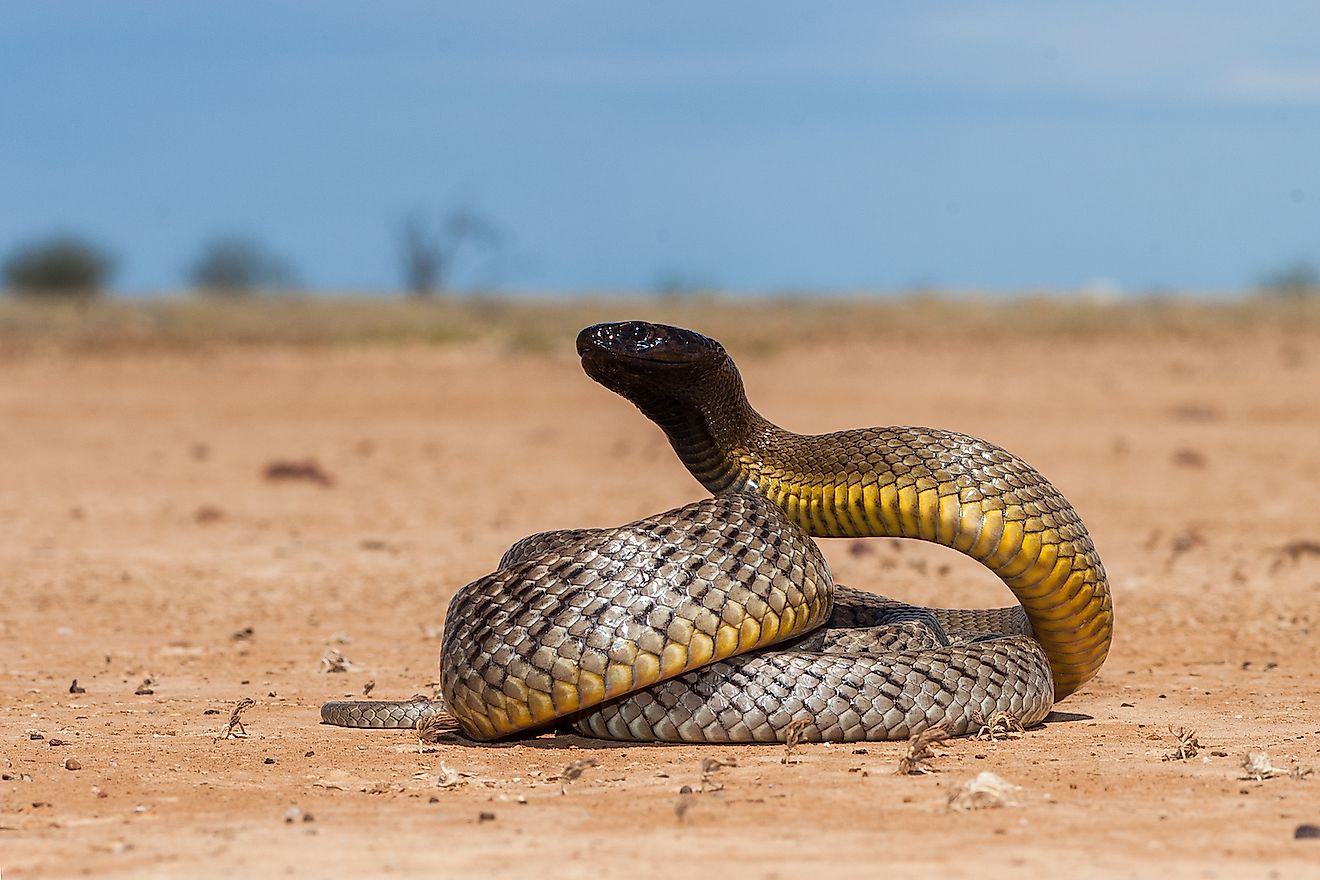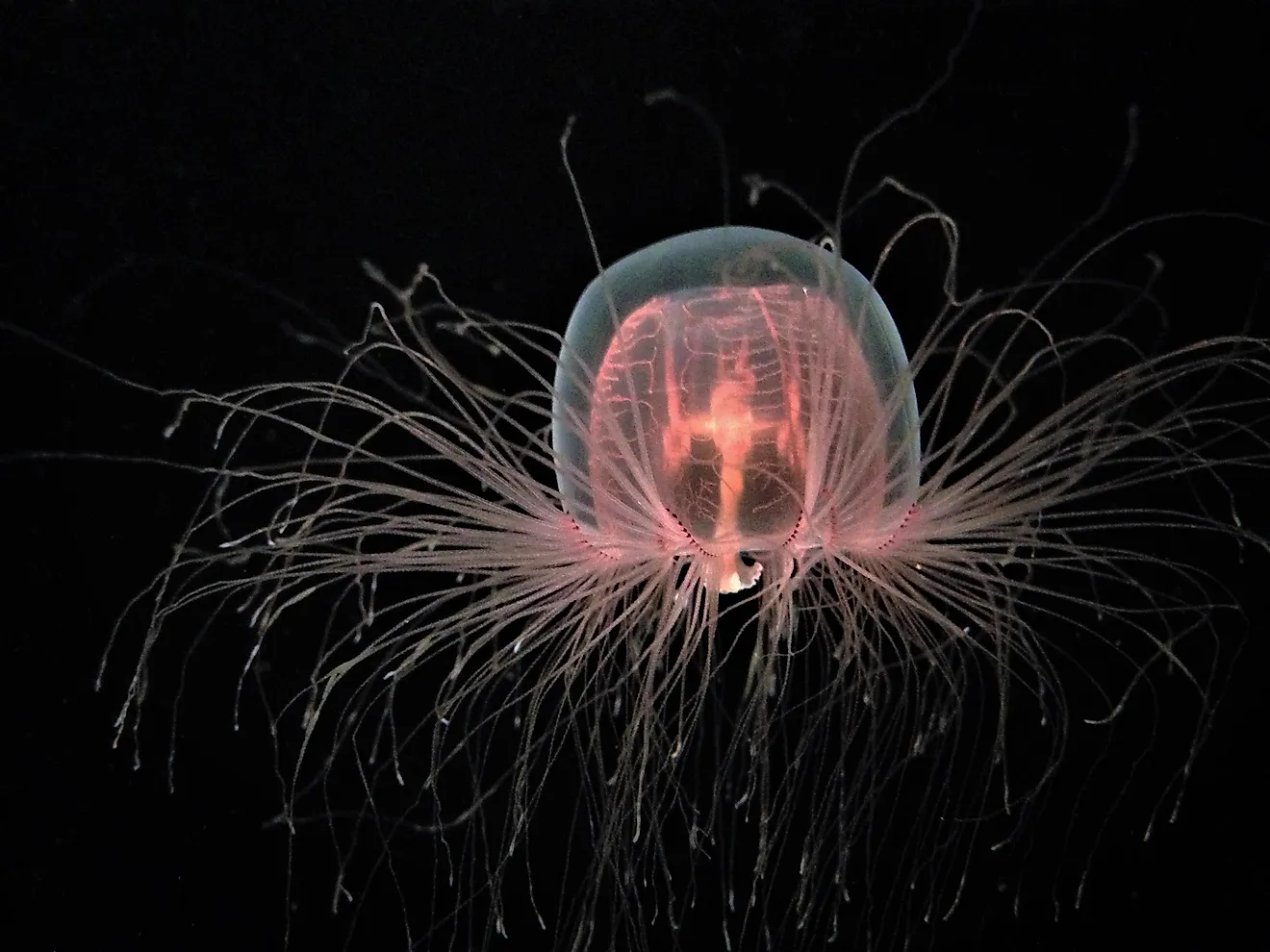What Ocean Is The Warmest?
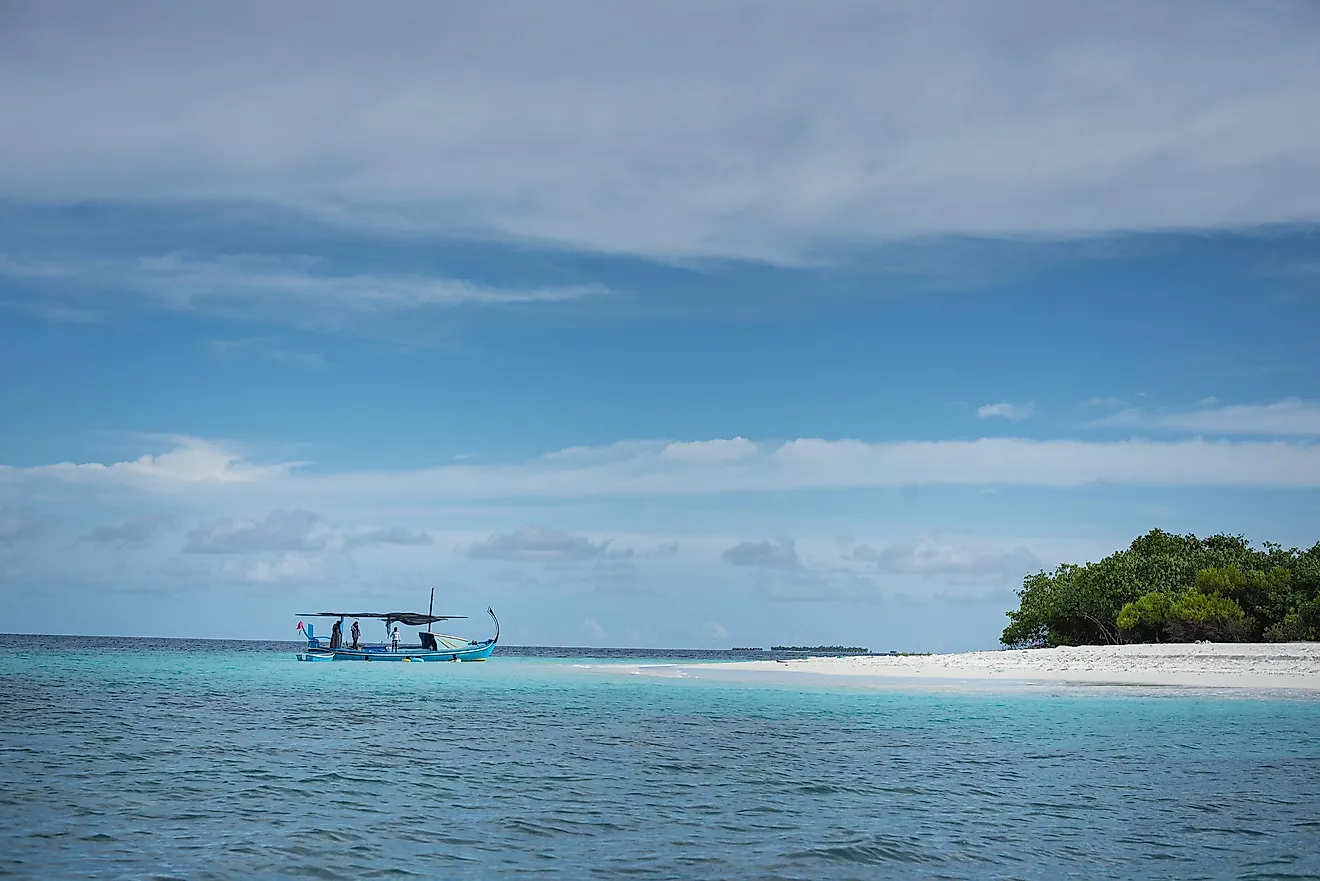
- The Atlantic Ocean is named for a titan of Greek mythology.
- The Earth's surface is 71% water.
- The smallest ocean is the Arctic but it is five times larger than the world's largest sea, the Mediterranean.
Studies by NOAA (National Oceanic and Atmospheric Administration) and NASA recorded 2019 as the warmest year on record for the Earth’s five oceans. Reports indicate an increase of about 0.18°F greater than the average temperature from 1981 to 2010. That number might seem small, but given the Earth’s surface is 71% water, and that every ocean flows into at least two others, a small change in one can have far-reaching effects. Rising sea levels and decreasing sea ice, severe storms, and reduced numbers of sea life are among some of the consequences warmer oceans can bring. Learn about the world’s oceans from the coldest to the warmest.
The Arctic
The Arctic Ocean is almost entirely enclosed by the landmasses of Greenland, North America, and Eurasia, The Arctic is the world’s coldest ocean, and it is also the smallest ocean with an area of 5,440,000 square miles. With temperatures ranging between 28.6 to 30.2° F, thick sheets of perennial ice can be found close to the pole, although in recent decades seasonal melt has been observed.
The Southern
A close second for chilliest temperature, the Southern Ocean ranges between 28 to 50°F. Sometimes called the Antarctic Ocean, it surrounds Antarctica and includes the region below 60°S latitude from the Atlantic, Pacific, and Indian oceans. Some geographers argue it doesn’t qualify for the designation of ocean, but global scientific organizations and several countries, including the United States, widely accept it as such.
The Atlantic
With temperatures ranging from 28 to 86°F the Atlantic separates Europe, Africa, and the Americas. Meaning “Sea of Atlas'' in honor of the mythic Greek titan who held the Earth aloft on his shoulders, the vast Atlantic covers nearly one-fifth of the globe and teams with a variety of sea life within diverse climates including the frigid regions of the polar circles to the tropical temperatures of the Caribbean.
The Pacific
Doubling the Atlantic in size and water volume, the Pacific stretches a total of 63.8 million square miles between the Americas, Asian, and Australia covering nearly a third of the surface of the planet. Close to the equator, the Pacific reaches temperatures of 86°F, while waters near the poles are closer to 29.586°F. From north to south the Pacific’s wide waters are largely uninterrupted by landmasses, making it ideal for large migrating mammals such as the humpback whale, but its seemingly calm surface hides active volcano activity beneath. The Pacific is home to jostling tectonic plates, known as the ring of fire, resulting in active volcanoes and earthquakes throughout.
Indian Ocean
Given that most of this ocean is found in tropical regions, it’s unsurprising that the Indian Ocean is the warmest. With average temperatures between 72 to 82°F, the Indian Ocean differs from the Atlantic and Pacific in that it does not have a temperate to cold zone in the Northern Hemisphere. Stretching nearly a fifth of the Earth’s surface from Asia to Australia, the Indian is the only ocean with an asymmetric surface circulation.



